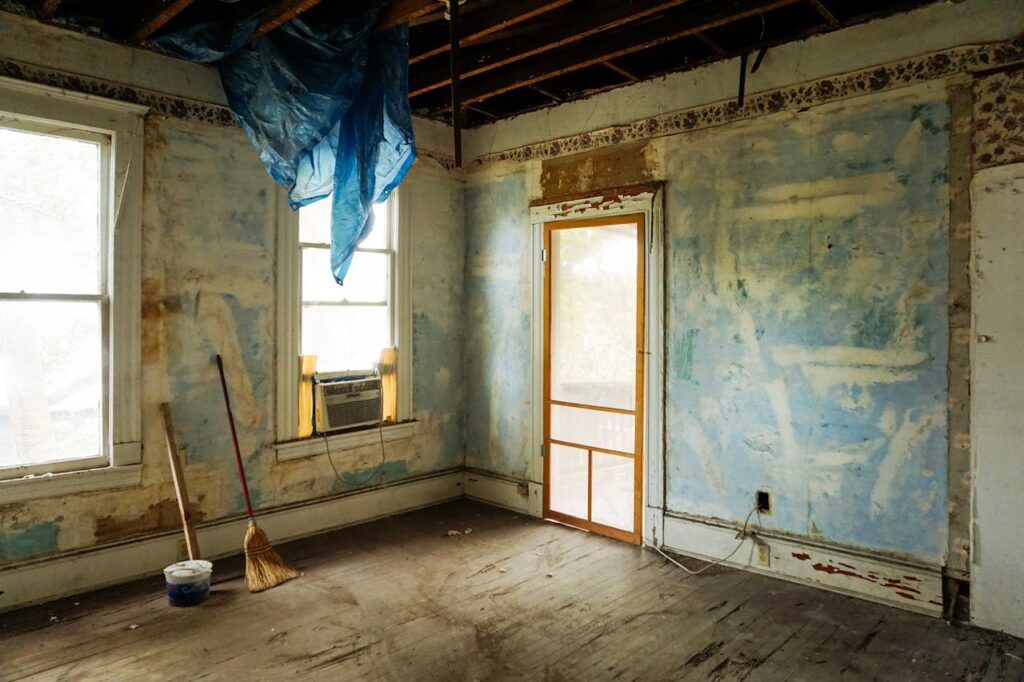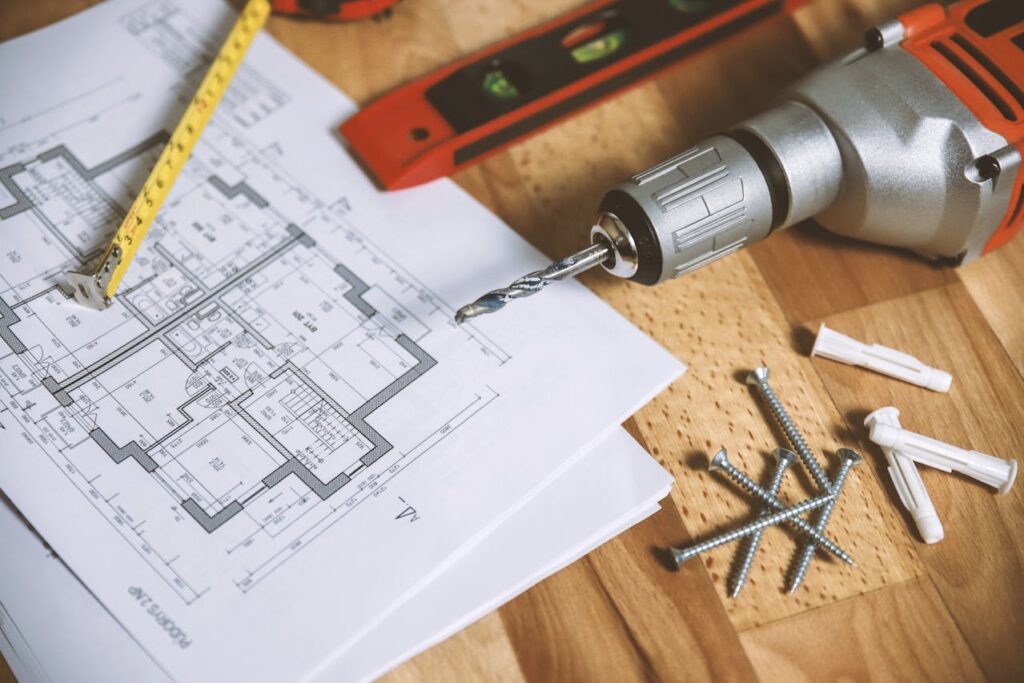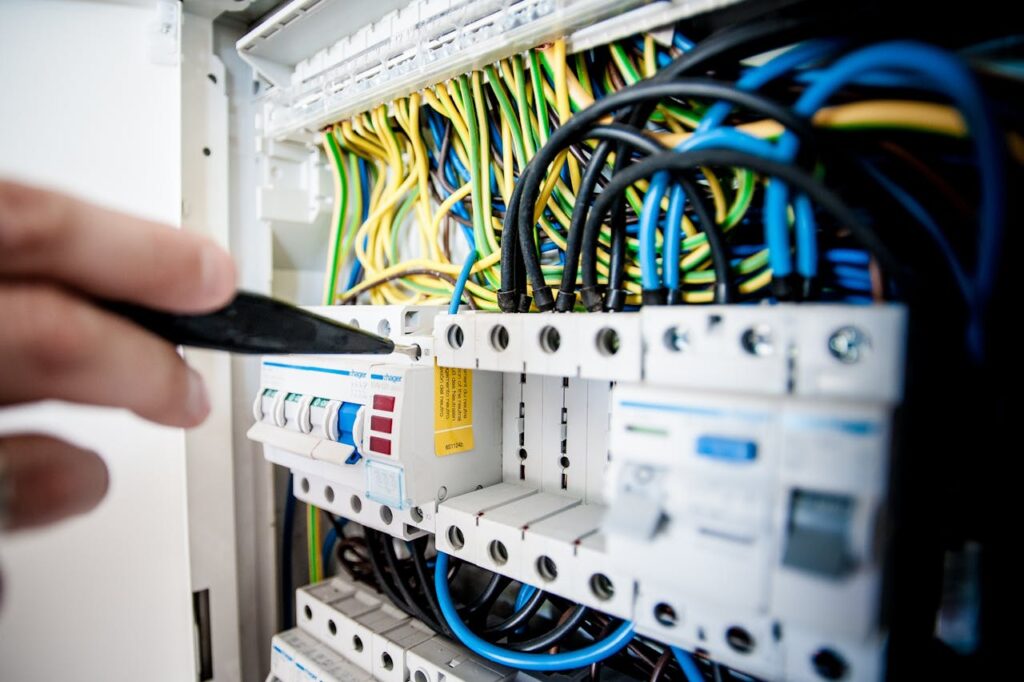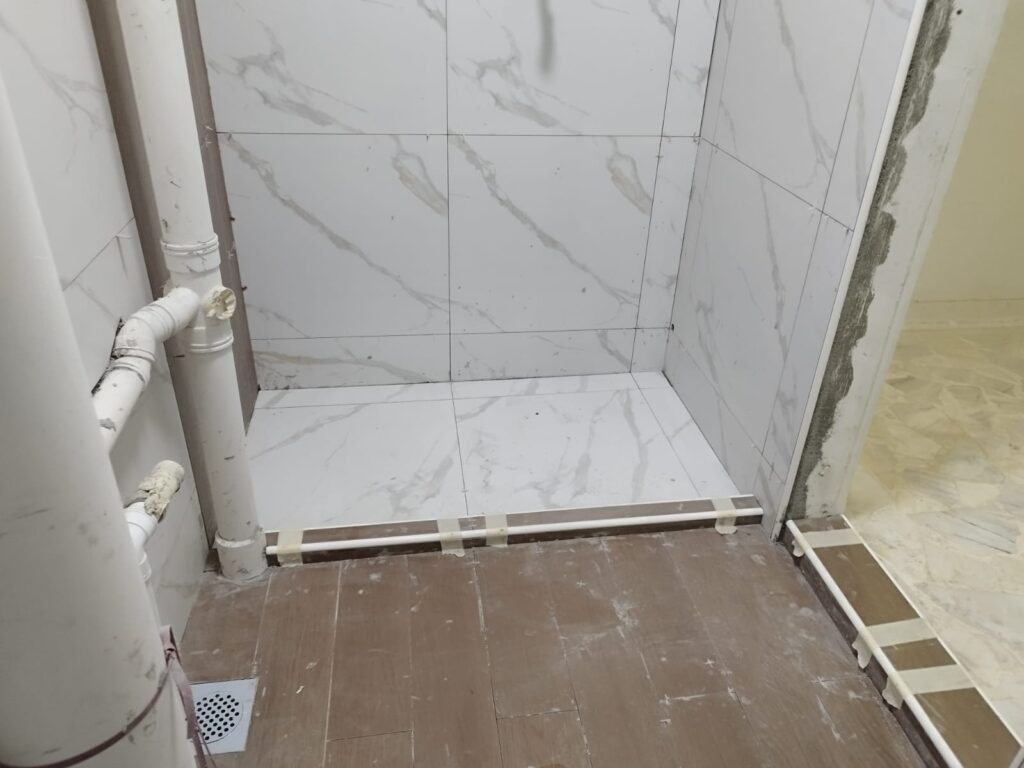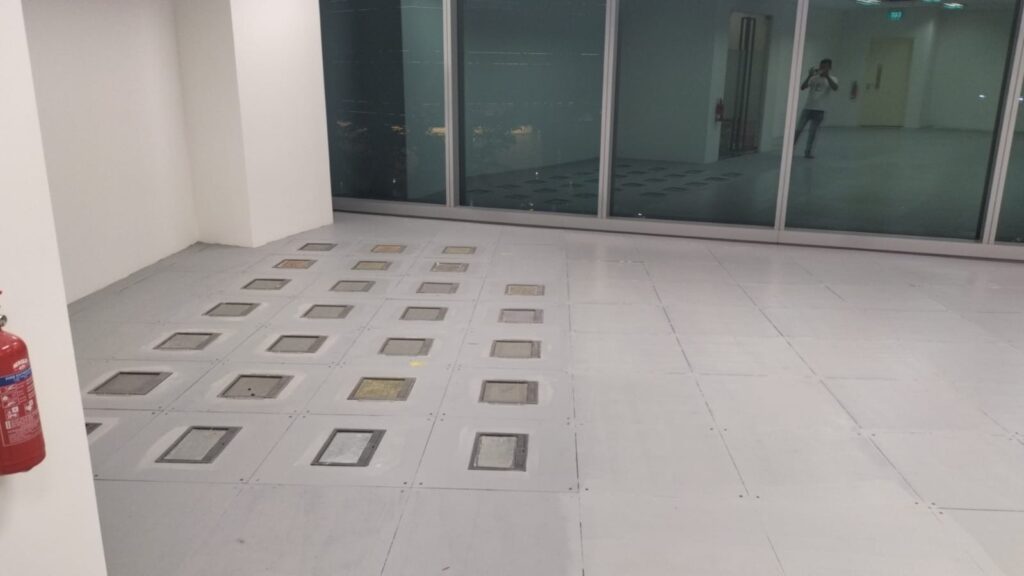Table of Contents
- Introduction
- Understanding Licensed Electricians in Singapore
- Why You Should Always Hire Licensed Electricians
- 3.1 Safety Assurance
- 3.2 Compliance with Regulations
- 3.3 Quality Workmanship
- 3.4 Proper Diagnosis and Repairs
- Common Electrical Works That Require Licensed Professionals
- 4.1 Wiring and Rewiring
- 4.2 Power Socket Installation
- 4.3 Lighting and Switch Repairs
- 4.4 Circuit Breaker Troubleshooting
- 4.5 Ceiling Fan or Water Heater Installation
- Risks of Hiring Unlicensed Electricians
- How to Verify an Electrician’s License in Singapore
- Benefits of Regular Electrical Maintenance
- When to Call an Emergency Electrician
- Tips for Choosing the Right Electrical Contractor
- Conclusion
1. Introduction
Electricity plays an essential role in every home and business in Singapore. From lighting and air conditioning to appliances and security systems, electrical systems keep daily life running smoothly. However, improper electrical work can pose serious hazards — including fire risks, electrical shocks, and costly damages. That’s why it is crucial to hire only licensed electricians for any electrical repair, installation, or maintenance work.
This article explores the importance of engaging qualified electricians, the risks of hiring unlicensed workers, and how to ensure your electrical work is done safely and efficiently.
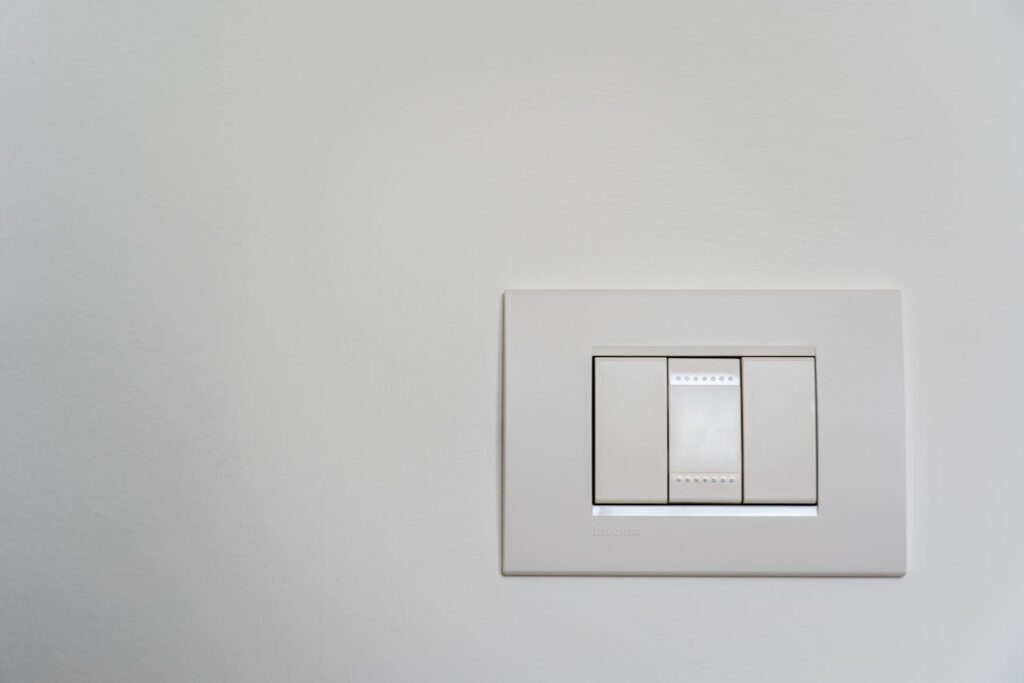
2. Understanding Licensed Electricians in Singapore
In Singapore, all electrical work must be carried out by licensed electricians registered with the Energy Market Authority (EMA). These professionals have undergone rigorous training and assessments to ensure they meet safety and technical standards.
Licensed electricians are authorized to perform electrical installations, testing, and maintenance in residential, commercial, and industrial settings. Their license guarantees that they follow local regulations and safety codes to prevent accidents or hazards.
3. Why You Should Always Hire Licensed Electricians
Hiring a licensed electrician provides peace of mind and ensures that your electrical systems are safe, compliant, and reliable. Let’s explore the main reasons why it’s worth the investment.
3.1 Safety Assurance
Electricity is dangerous if handled incorrectly. Licensed electricians have the expertise to identify potential risks, use proper tools, and follow safe work practices. This reduces the risk of electrical fires, shocks, or short circuits.
3.2 Compliance with Regulations
Electrical work in Singapore must comply with EMA guidelines and the Singapore Standard Code of Practice SS 638. Licensed electricians ensure that installations and repairs meet these regulations, preventing potential legal or insurance issues.
3.3 Quality Workmanship
Professionals take pride in their work. Licensed electricians perform installations with precision and ensure all connections, circuits, and wiring are properly configured. This helps your electrical systems run efficiently and reduces the chance of future breakdowns.
3.4 Proper Diagnosis and Repairs
A trained electrician can accurately identify electrical faults and provide the right solutions. Instead of just fixing the symptom (like flickering lights), they find and address the root cause — ensuring a long-term fix.
4. Common Electrical Works That Require Licensed Professionals
Certain electrical jobs may seem minor but still require technical expertise and proper licensing. Here are some examples:
4.1 Wiring and Rewiring
Whether you’re renovating or upgrading your electrical system, proper wiring is crucial. Licensed electricians know how to plan circuits safely and ensure they can handle your power load.
4.2 Power Socket Installation
Installing or replacing sockets may look simple, but improper work can cause overheating or electrical fires. Always rely on a qualified professional.
4.3 Lighting and Switch Repairs
From LED lights to smart switches, proper wiring and grounding are essential to prevent short circuits or electrocution.
4.4 Circuit Breaker Troubleshooting
If your circuit breaker frequently trips, it could indicate deeper wiring issues. A licensed electrician can safely troubleshoot and repair it.
4.5 Ceiling Fan or Water Heater Installation
These installations involve connecting high-voltage wires. Incorrect wiring can lead to electric shock or appliance failure.
5. Risks of Hiring Unlicensed Electricians
While unlicensed electricians might offer lower rates, the risks far outweigh the savings. Here’s why:
- Safety Hazards: Poor workmanship can cause fires or electric shocks.
- Non-Compliance: Your insurance may not cover damages caused by unauthorized electrical work.
- Hidden Faults: Substandard installations may lead to future problems that are expensive to fix.
- No Accountability: Unlicensed electricians often lack proper training or liability coverage, leaving you unprotected if something goes wrong.
6. How to Verify an Electrician’s License in Singapore
You can easily check if an electrician is licensed through the Energy Market Authority (EMA) website. The EMA’s public registry lists all licensed electricians and electrical workers. Always request to see their license or certification before engaging their services.
7. Benefits of Regular Electrical Maintenance
Routine electrical maintenance helps detect issues early and prevent major breakdowns. A licensed electrician can inspect wiring, test outlets, and ensure that your circuit breaker is working properly. Regular checks also improve energy efficiency and reduce long-term costs.
8. When to Call an Emergency Electrician
Electrical emergencies require immediate attention from a licensed professional. Some signs you need urgent help include:
- Burning smells or sparks from outlets
- Flickering lights or frequent power trips
- Electric shocks when touching appliances
- Sudden power loss in parts of your home
Never attempt to fix electrical faults on your own. Call an emergency electrician who can safely handle the situation.
9. Tips for Choosing the Right Electrical Contractor
To ensure you’re hiring a reliable professional, follow these tips:
- Check Credentials: Verify their EMA license and experience.
- Ask for Quotes: Compare prices but avoid suspiciously low offers.
- Read Reviews: Look for testimonials or recommendations from past clients.
- Confirm Insurance: Ensure they have liability insurance in case of accidents.
- Discuss Warranty: A trustworthy contractor should guarantee their workmanship.
10. Conclusion
Electrical safety is not something to compromise on. Whether it’s a small repair, installation, or major rewiring project, hiring a licensed electrician in Singapore ensures your home or office remains safe, compliant, and efficient.
By engaging qualified professionals, you protect not only your property but also the well-being of everyone in it. Always verify credentials, prioritize safety over cost, and schedule regular maintenance to prevent electrical problems before they occur.
Hiring a licensed electrician isn’t just a smart choice — it’s a necessary one for peace of mind and long-term safety.

